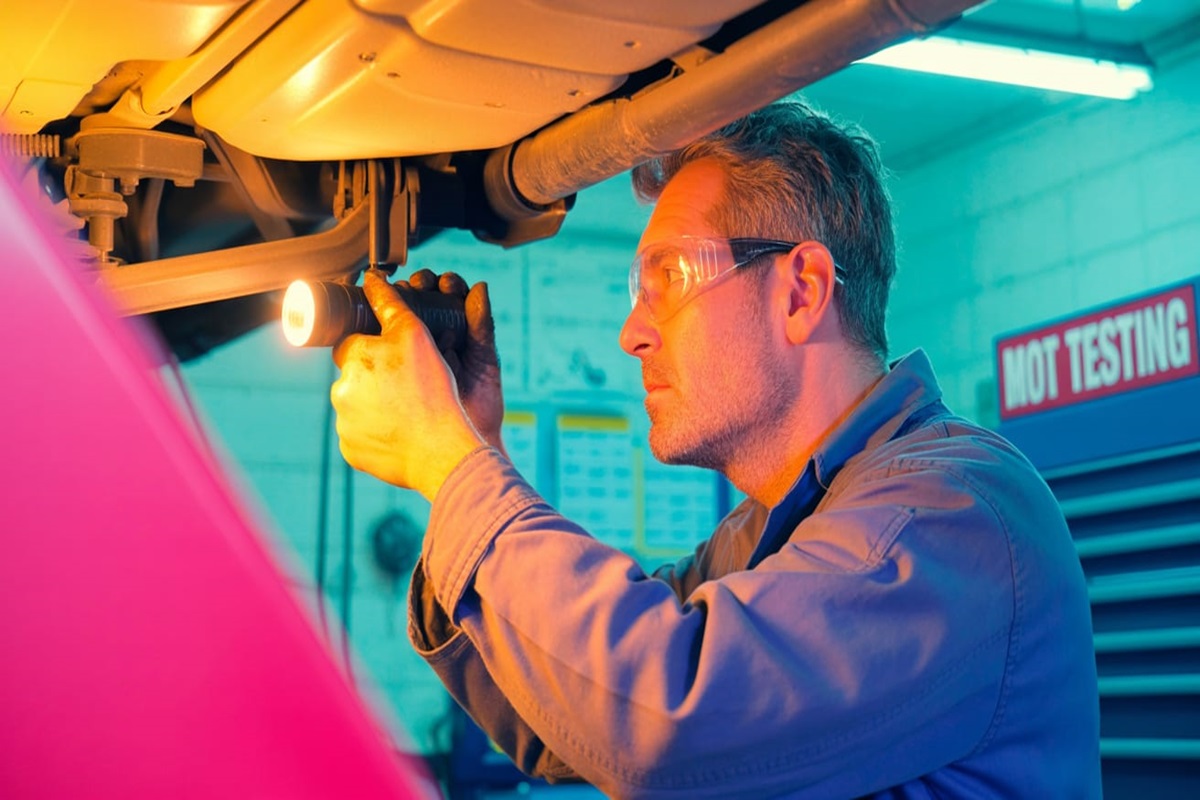What to Expect During Your MOT in London

If you’re a car owner in the UK, you’re probably familiar with the term MOT. And if you’re based in the capital, you’ll know it can be a bit of a mission finding the right garage for it. Getting an MOT doesn’t have to be a stressful experience.
Choose Elite Direct for MOT in London and enjoy peace of mind. Let’s walk through what really happens during an MOT, so you know exactly what to expect when you roll up to the test centre.
Table of Contents
ToggleStep 1: Scheduling Your MOT
Begin by scheduling in advance—particularly if you live in a large, busy city such as London, where MOT test appointments book up fast. You can book your test as long as a month ahead of your existing certificate due date without extending your renewal period. This lead time allows you to get on with any work if your car fails.
Some garages will offer while-you-wait testing, whereas others will require you to drop the vehicle off. If you want to make it convenient, search for establishments that provide same-day testing, or even collection and delivery.
Step 2: Vehicle Check-in
On MOT day, you’ll hand over your keys and registration at the service desk. It’s helpful to ensure your car is clean and that unnecessary items are removed from the cabin and boot. Clutter can block access to test areas, and in some cases, your car could fail simply because something wasn’t accessible.
A little tip: if your bonnet opens easily, pop it before you hand over the keys. It saves time and demonstrates that you’re proactive.
Step 3: The Visual Inspection
The initial actual section of the test involves a visual check. Your tester will walk around your vehicle, looking for outwardly visible damage or safety issues such as shattered lights, flat tyres, or split mirrors. They’ll also check your horn, windscreen wipers, and washers to make sure these are functioning properly.
Most MOT failures occur due to easy-to-replace things—such as blown bulbs or tyres with tread worn below the legal limit of 1.6mm. Checking quickly yourself before you go might save you a failed test and a second visit.
Step 4: The Interior Test
Now the tester enters your car. They’ll inspect seatbelts for wear and correct function, examine warning lights such as airbags and ABS, and test the speedometer. They’ll also check the driver’s seat and door to ensure they move and shut properly.
Pretty much anything in the car that has to do with the driver’s control and passenger safety will be checked to ensure it’s roadworthy.
Step 5: Under the Bonnet
With the bonnet raised, the tester will inspect fluid levels, battery condition, and for leaks or wear on the brake system. Although this isn’t a thorough mechanical examination, they’re searching for any indication that your car may not be road-worthy.
They will also test your car’s emissions, which is an important problem in London because of environmental zones such as ULEZ. If your car smokes excessively or doesn’t pass the emission test, it won’t pass the MOT.
Step 6: Under the Car
Your vehicle is then raised so that underneath, it can be examined. The suspension, steering gear, brake hoses, and exhaust are all looked over. They’ll be on the lookout for rust, loose equipment, or leaks.
It’s also acceptable for the tester to nudge or give light taps on equipment to verify if it is secure. Anything that has the potential to affect safety—such as a rusted gas line or leaking exhaust—is potentially cause for fail.
Step 7: The Verdict
Once you’ve had the test, you’ll receive one of four outcomes:
- Pass – You’re good for another year.
- Pass with advisories – No fail, but some areas might require attention in the near future.
- Fail with minor defects – Repair is necessary, but you may still be permitted to drive in the short-term.
- Fail with major or dangerous defects – Your car is not roadworthy and can’t be driven until repaired.
- If your car fails, many London garages can handle the repairs onsite, saving you time and hassle.
Step 8: Collecting Your Car
Once the MOT is complete and any necessary repairs are done, you’ll receive your certificate. It’s smart to review any advisories—they aren’t urgent but could lead to bigger issues down the line.
Published by Carol Jones
My aim is to offer unique, useful, high-quality articles that our readers will love. Whether it is the latest trends, fashion, lifestyle, beauty , technology I offer it all View more posts
Recent Post
What to Expect During Your MOT in London







